Image by Sarah-Kate from Chasing Brightness Photography via Kat & Reece’s Sparkling Garden Cafe Wedding
As she says a delighted “Yes!” he breathes a sigh of relief and slips a gorgeous engagement ring onto the fourth finger of her left hand. She admires its sparkle as he comes in for a sweet embrace. Nobody stood by to instruct them about the proper finger for the engagement ring. They both just knew (but neither of them cared about the particulars of proper engagement ring fingers in that moment).
Most people who live in a Western culture simply know that the engagement ring almost always goes on the fourth finger of the left hand. But do you know why?
Actually, do you know why we even wear engagement and wedding rings in the first place?
Why Wedding/Engagement Rings?
The ancient Egyptians are credited with inventing the engagement ring (but nobody really knows if that’s true or not!). The circle represents eternal love, with no beginning or end, but, interestingly enough, the hole of the ring is also symbolic as a gateway or door, leading to things unknown and known.
Why Do We Wear The Engagement Ring On Our Left Hand?
Most believe the tradition of wearing the engagement ring on the left hand comes from the Romans, who believed the fourth finger had a vein that ran straight to the heart. In good romantic fashion, they called it the ‘vena amoris’, or vein of love. Of course, it makes sense to wear a symbol of love at that particular vein.
Unfortunately, we now know the vena amoris isn’t real, but we can still believe in the romanticism of it all.
The fourth finger of the left hand is also a practical choice for a treasured piece of jewellery. Most people are right-handed, so they use their left hand less often, and the ring finger is one of the least-used fingers on the hand.
Image via Style Rocks
Why Are Diamond Engagement Rings So Popular?
‘Diamonds are a girl’s best friend,’ and all that, but why? Back in the 15th century, Archduke Maximilian of Austria gave Mary of Burgundy a ring set with hogback (baguette) diamonds. Rumour is, he actually loved her too, which was rare for a royal marriage. Other men of means and class followed his example.
Fast-forward to the 1800’s when diamonds were found in South Africa. Suddenly, diamonds were more available, and more people could purchase them for engagement rings. During the Great Depression, diamonds lost favour with the public, but interest was reignited with an impressive marketing campaign whose influence lives on today.
Image by Popcorn Photography via Alicia and Mark’s Romantic Vineyard Wedding
Traditions In Other Countries
The left hand engagement ring isn’t standard ’round the world. In Russia, Greece, Columbia, Poland, Turkey, India, Spain, Peru, Norway, and Denmark, it is worn on the right hand.
In Germany, women wear the engagement ring on the left hand, but move it to the right hand once married. Conversely, in Brazil, both the groom and bride wear a plain wedding band on the right hand while engaged, and then move it to the left hand once married. In Brazil, Turkey, Syria, and Lebanon, they also wear the engagement ring on the right hand until the wedding day.
Engagement rings aren’t always just for women either. Both men and women in Nordic countries traditionally wear plain gold bands as engagement rings, with the wedding ring designs being more ornate. In Argentina, both the bride and groom wear a plain silver band on the left hand when they’re engaged. Once married, they either replace the ring with a wedding ring, or move the silver band to the right hand.
Tradition Isn’t Everything
More and more people are choosing to customise their own traditions and rings, with brides skipping the wedding band (or wearing two wedding bands!), with brides choosing coloured gemstones in place of, or with, diamonds, and more.
Image via Style Rocks
While tradition is relevant and important, it doesn’t overrule your own preferences. You have the freedom to design your engagement ring (and your own customs!) your way.
Ms Chinoiserie Says: So interesting to learn about the traditions of “I’m engaged” from other countries around the world!
About Pascale: Pascale Helyar-Moray, Founder and Director of StyleRocks has fourteen years of financial services experience as a marketing and communications professional working with blue chip companies in Australia and the UK. Maternity leave forced her to re-examine her career options and in looking for a business she could run from home, she created StyleRocks in order to harness her lifelong passion for jewellery.


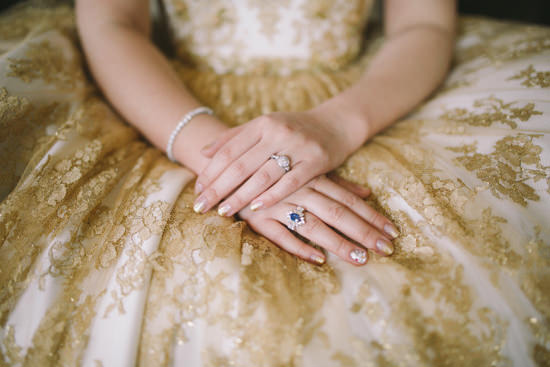
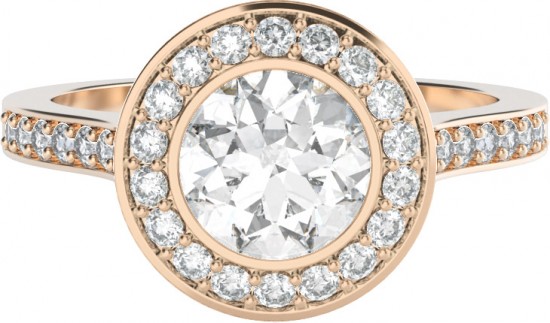
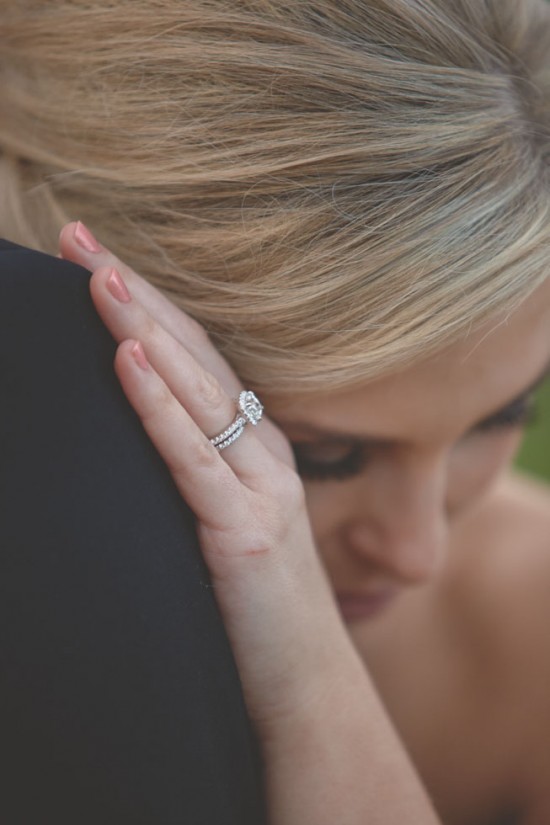
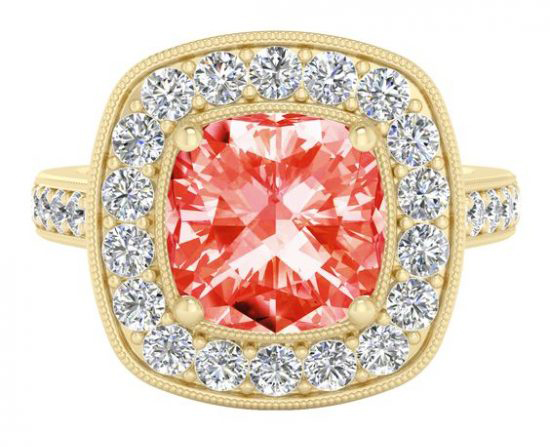
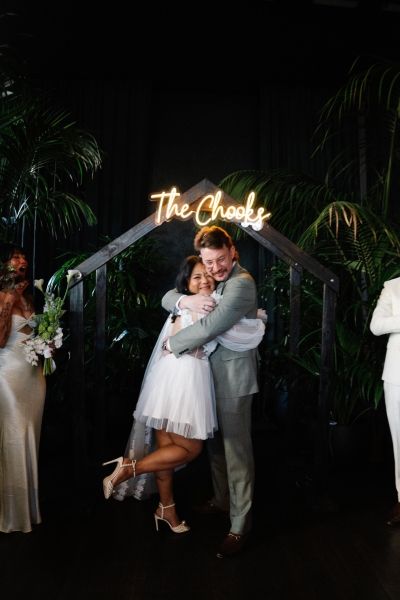
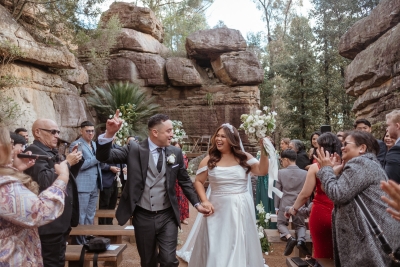
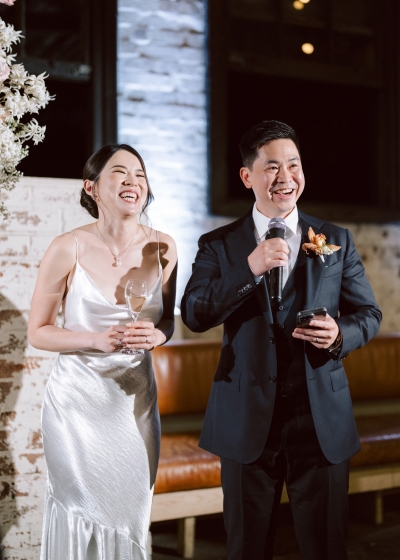

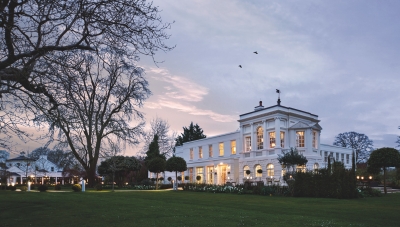



Join the conversation